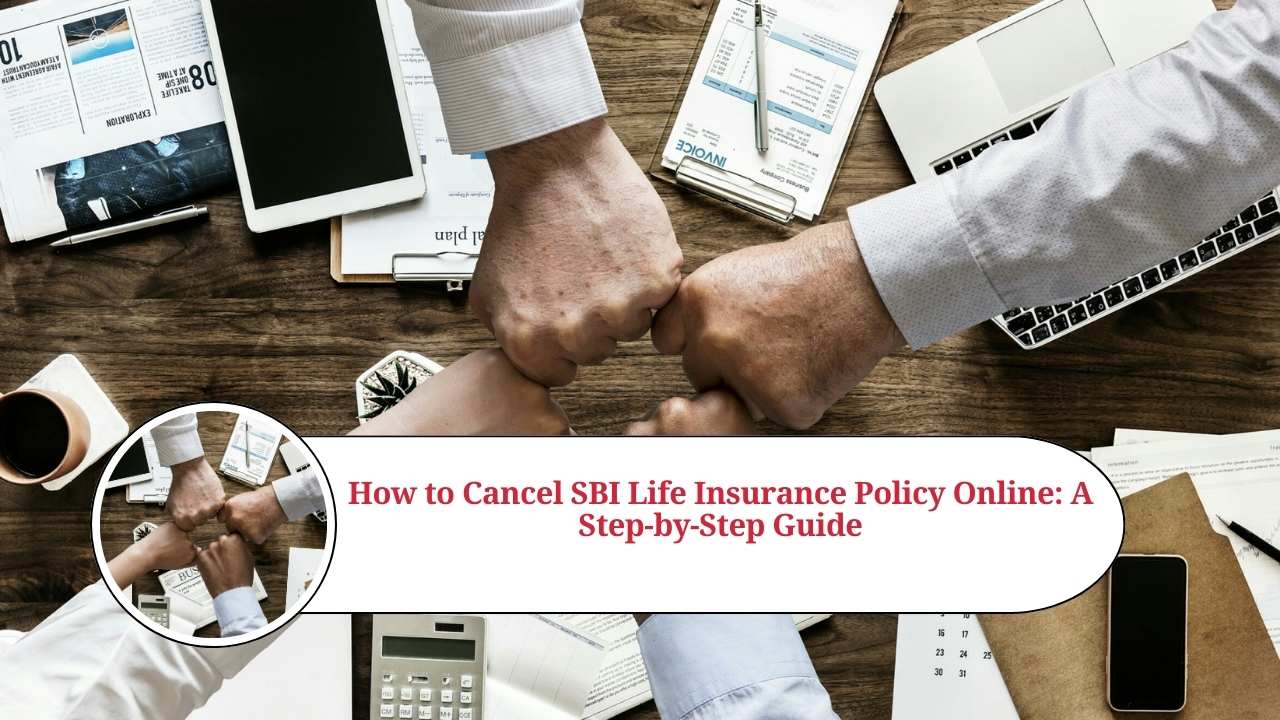

Finance
How Many Days Is US Bank Grace Period?
Published: February 20, 2024
Discover the grace period for US Bank and manage your finances effectively. Learn how many days you have to make payments and avoid late fees. Explore finance tips and tools.
(Many of the links in this article redirect to a specific reviewed product. Your purchase of these products through affiliate links helps to generate commission for LiveWell, at no extra cost. Learn more)
Table of Contents
Introduction
In the realm of personal finance, the concept of a grace period holds significant relevance, particularly in the context of banking and credit. Understanding the intricacies of a grace period is crucial for individuals seeking to manage their financial obligations effectively. This article aims to shed light on the fundamental aspects of a grace period, with a specific focus on US bank grace periods. By delving into the specifics of this financial term, readers can gain valuable insights into the duration and implications of the grace period offered by banks in the United States.
A grace period serves as a buffer of time granted by financial institutions, such as banks and credit card companies, to borrowers who have outstanding balances or payments due. This period allows borrowers to make payments without incurring additional fees or penalties, thereby offering a degree of flexibility in meeting their financial obligations. The significance of this grace period extends across various financial products, including credit cards, loans, and mortgages, where it plays a pivotal role in shaping the borrower's experience.
Understanding the nuances of the grace period is essential for navigating the complexities of personal finance. Whether it involves managing credit card payments or loan installments, the grace period can influence the overall financial well-being of individuals. Therefore, gaining a comprehensive understanding of the grace period, particularly in the context of US banks, is instrumental in making informed financial decisions and optimizing one's financial management strategies.
What is a Grace Period?
A grace period, in the realm of personal finance, refers to a specified duration of time during which a borrower is granted an extension for making a payment without incurring late fees or penalties. This period serves as a buffer, allowing individuals to settle their financial obligations without facing immediate repercussions for delayed payments. The concept of a grace period is commonly associated with credit cards, loans, and mortgages, where it plays a crucial role in providing borrowers with a degree of flexibility in managing their repayments.
For credit cards, the grace period typically represents the window of time between the end of a billing cycle and the due date for the subsequent payment. During this period, cardholders have the opportunity to pay off their outstanding balance without being charged interest. This feature is particularly advantageous for individuals who wish to avoid accruing interest on their credit card purchases, provided that the full balance is settled within the grace period.
Similarly, loans, including student loans and personal loans, may also offer a grace period, allowing borrowers to defer their scheduled payments for a specified period after the loan disbursement. This provision can be beneficial for individuals who require some time to secure their financial footing before commencing regular loan repayments.
When it comes to mortgages, the grace period pertains to the timeframe after the due date for a monthly payment during which the borrower can submit the payment without incurring late fees. This provision offers homeowners the flexibility to manage their mortgage payments within a reasonable timeframe, thereby mitigating the immediate consequences of any unforeseen financial constraints.
Overall, the concept of a grace period embodies the notion of leniency and understanding within the realm of financial obligations. By providing borrowers with a brief reprieve from the strict timelines associated with payments, the grace period serves as a valuable tool for promoting responsible financial management while offering individuals the opportunity to navigate their financial commitments with greater ease.
Understanding US Bank Grace Period
When it comes to US banks, the grace period offered varies depending on the specific financial product and the policies of the respective financial institution. For credit cards issued by US banks, the grace period typically ranges from 21 to 25 days, allowing cardholders to make payments without incurring interest on their outstanding balances. This period begins at the close of the billing cycle and extends to the payment due date, providing cardholders with a window of time to settle their balances without being subject to interest charges.
For loans, including personal loans and student loans, the grace period offered by US banks may vary based on the lender’s terms and the type of loan. Some lenders may provide a grace period of several days to a few weeks, enabling borrowers to submit their payments without facing penalties or adverse consequences. Understanding the specifics of the grace period associated with a loan is crucial for borrowers to effectively manage their repayment schedules and avoid unnecessary fees.
When considering mortgages, US banks typically offer a grace period for mortgage payments, allowing homeowners to submit their monthly installments within a specified timeframe after the due date. This grace period serves as a safeguard against late fees, providing homeowners with the flexibility to manage their mortgage payments in a manner that aligns with their financial circumstances.
It is important for individuals engaging with US banks to familiarize themselves with the details of the grace period associated with their financial products. By understanding the duration and terms of the grace period, borrowers can strategically plan their payments and leverage the flexibility offered by the grace period to optimize their financial management strategies.
Overall, the US bank grace period embodies the principle of providing borrowers with a reasonable timeframe to fulfill their financial obligations without incurring additional costs or penalties. By recognizing the nuances of the grace period within the US banking landscape, individuals can navigate their financial responsibilities with greater confidence and efficacy.
How Many Days is US Bank Grace Period?
The duration of the grace period offered by US banks varies depending on the specific financial product and the policies of the respective financial institution. For credit cards issued by US banks, the grace period typically ranges from 21 to 25 days. This timeframe begins at the close of the billing cycle and extends to the payment due date, providing cardholders with a window of time to settle their balances without incurring interest charges.
When it comes to loans, including personal loans and student loans, the grace period provided by US banks may vary based on the lender’s terms and the type of loan. While some lenders offer a grace period of several days to a few weeks, others may extend this period to accommodate borrowers’ financial circumstances. It is essential for borrowers to familiarize themselves with the specific terms of the grace period associated with their loans to effectively manage their repayment schedules and avoid potential penalties.
For mortgages, US banks typically offer a grace period for monthly payments, allowing homeowners to submit their installments within a specified timeframe after the due date. This grace period serves as a safeguard against late fees, providing homeowners with the flexibility to manage their mortgage payments in a manner that aligns with their financial situation.
Understanding the duration of the grace period associated with various financial products offered by US banks is crucial for individuals to plan and manage their payments effectively. By leveraging the grace period, borrowers can optimize their financial strategies and navigate their obligations with greater flexibility and foresight.
In summary, the duration of the US bank grace period varies across different financial products, with credit cards typically offering a 21 to 25-day grace period, and loans and mortgages providing varying grace periods based on the specific terms and conditions set forth by the lending institutions. By gaining clarity on the duration of the grace period for each financial product, borrowers can make informed decisions and utilize the available flexibility to their advantage.
Importance of Grace Period
The grace period holds significant importance in the realm of personal finance, offering borrowers a valuable opportunity to manage their financial obligations with flexibility and foresight. Understanding the relevance of the grace period in the context of credit cards, loans, and mortgages is instrumental in navigating the intricacies of financial management and optimizing one’s overall financial well-being.
For credit card holders, the grace period serves as a crucial tool for mitigating the impact of interest charges on outstanding balances. By providing a window of time between the billing cycle and the payment due date, the grace period enables cardholders to settle their balances without incurring additional costs. This feature empowers individuals to make timely payments and avoid unnecessary interest expenses, thereby promoting responsible financial habits and prudent budgeting.
Similarly, the grace period associated with loans, including personal loans and student loans, offers borrowers the flexibility to manage their repayment schedules without facing immediate penalties for delayed payments. This provision acknowledges the dynamic nature of individuals’ financial circumstances and provides a reasonable timeframe for borrowers to align their payments with their cash flow, thereby reducing the risk of incurring fees due to temporary financial constraints.
When it comes to mortgages, the grace period plays a pivotal role in offering homeowners a buffer of time to submit their monthly payments without incurring late fees. This accommodation recognizes the diverse financial situations of homeowners and allows them to manage their mortgage obligations within a reasonable timeframe, thereby fostering greater financial stability and peace of mind.
Overall, the importance of the grace period lies in its capacity to promote responsible financial behavior, alleviate the immediate financial burden on borrowers, and offer a degree of leniency in managing financial obligations. By leveraging the grace period, individuals can navigate their financial responsibilities with greater confidence and strategic planning, ultimately contributing to a more sustainable and effective approach to personal finance management.
Conclusion
The concept of a grace period within the realm of personal finance embodies the principles of flexibility, understanding, and responsible financial management. Whether it pertains to credit cards, loans, or mortgages, the grace period serves as a valuable mechanism for borrowers to navigate their financial obligations with greater ease and foresight. In the context of US banks, the duration of the grace period varies across different financial products, offering individuals the opportunity to manage their payments within a reasonable timeframe without incurring additional fees or penalties.
By understanding the nuances of the grace period and its implications for various financial products, individuals can make informed decisions and leverage the available flexibility to optimize their financial strategies. The grace period not only provides a buffer for settling outstanding balances but also promotes responsible financial behavior by offering borrowers the opportunity to manage their payments effectively and avoid unnecessary costs.
Furthermore, the importance of the grace period extends beyond mere leniency in payment deadlines; it fosters a culture of prudent financial planning, budgeting, and strategic decision-making. By recognizing the significance of the grace period, individuals can cultivate healthy financial habits and navigate their financial responsibilities with confidence and efficacy.
In essence, the grace period offered by US banks represents a fundamental aspect of financial management, empowering borrowers to fulfill their obligations within a reasonable timeframe while promoting a sustainable approach to personal finance. By embracing the principles of flexibility and responsible financial behavior embodied by the grace period, individuals can embark on a journey towards enhanced financial well-being and long-term stability.














